What's New in Maple 2024
The most powerful and comprehensive environment for exploring, visualizing, and solving even the most difficult math problems just got even better!







Maple 2024 Highlights

AI Formula Assistant
Get the formulas and equations you need with the help of powerful AI technology. In response to your search, you will get a choice of relevant options, explanations as to what each one is for and what the parameters represent, and an easy way to insert the selected formula into your document as a Maple expression.
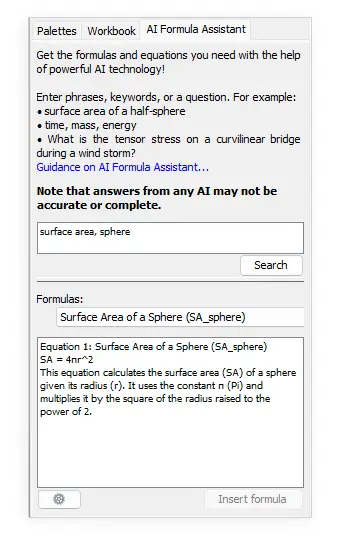
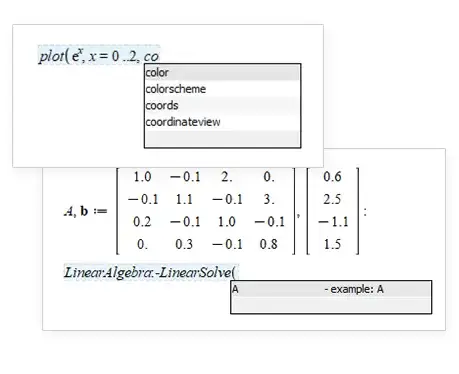
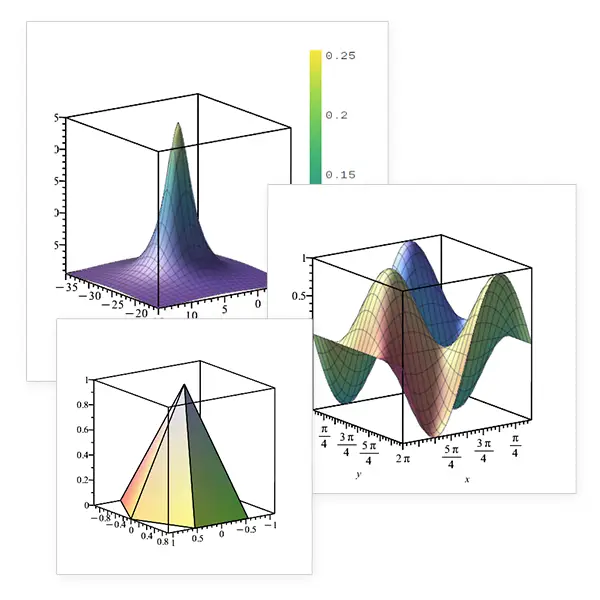

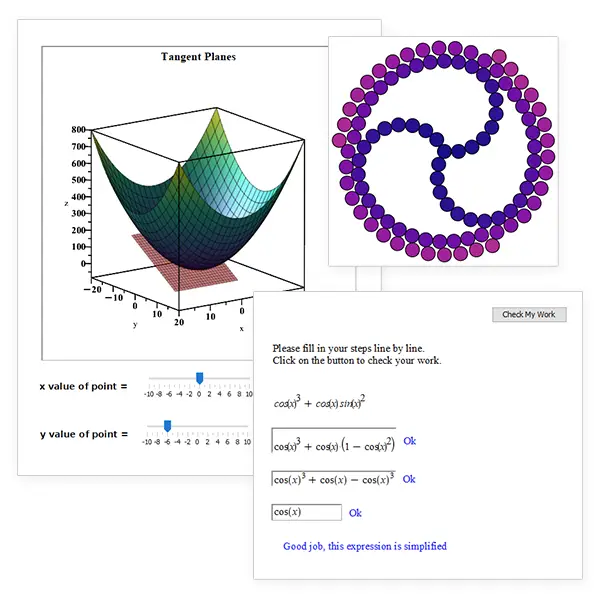

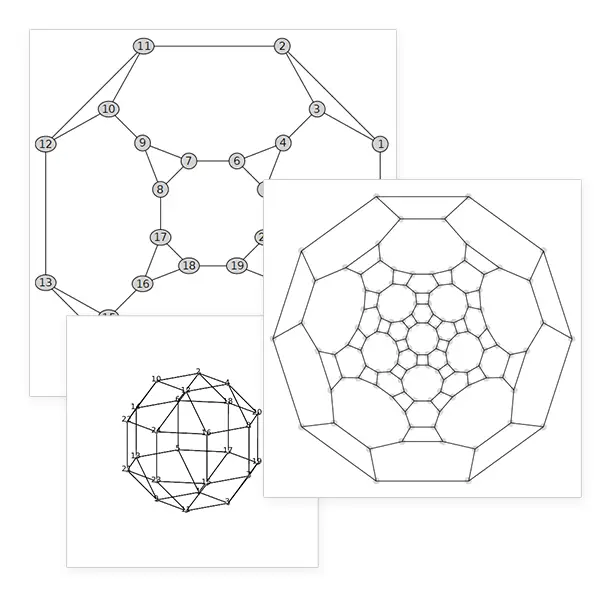
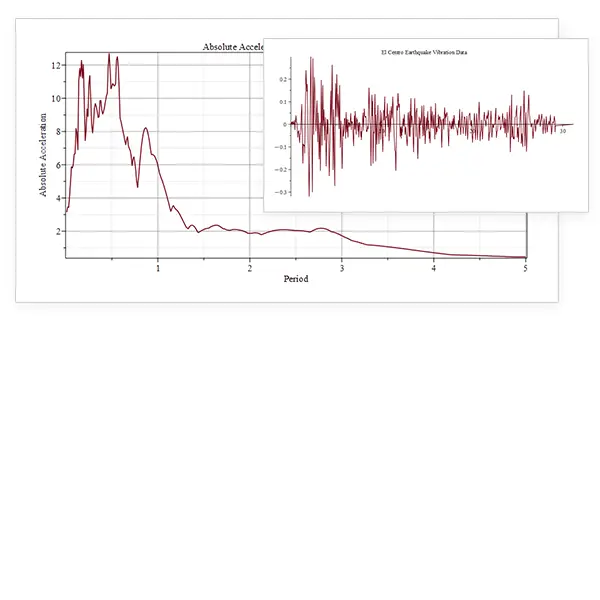
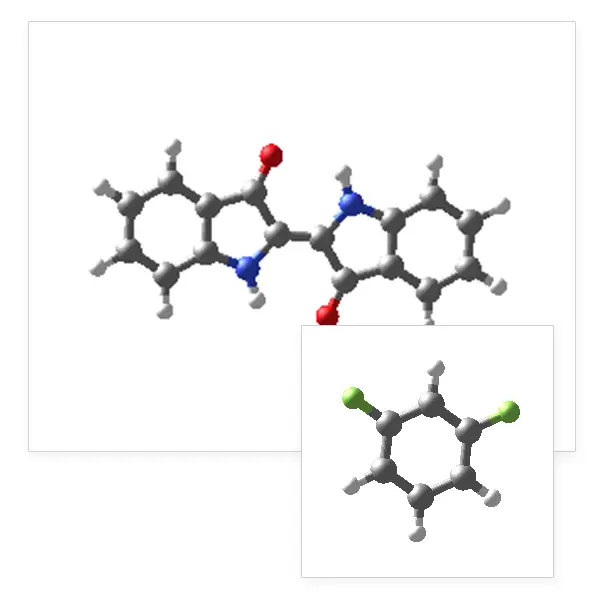

See what else you’re missing by checking out the What’s New for the versions that came after yours.